
© Stephen Lam/Reuters
When NASA's Jet Propulsion Laboratory determined a 99.9 percent likelihood for a magnitude 5.0 earthquake or higher within Los Angeles before April 2018, the US Geological Survey stepped in saying NASA wasn't "clear" about the science behind its finding.
There will be an earthquake in Los Angeles - that much is certain - although it's impossible to be certain about exactly when, where, and how powerful it will be. However, using methods doubted by some seismologists, scientists at NASA's Jet Propulsion Laboratory (JPL) seem to be convinced that they have a pretty good idea. On October 7, the peer-reviewed
Earth and Space Science journal published the group's shocking findings.
JPL based its incredible 99.9 percent figure on previous quakes, including last year's M5.1 earthquake in La Habra, located 21 miles east of Los Angeles; GPS data, and aerial radar. The USGS, using what it considers the true scientific process, swooped in to more or less correct the record with their own figure - an 85 percent likelihood of such an event.
"As scientists, we were not putting out an official forecast. We are putting out something in a paper to test," said Andrea Donnellan, a JPL research scientist, to the Los Angeles Times. "If an earthquake happens in three years, we're both right." Others aren't as convinced, however.
"As far as I'm concerned, there has never been a successful earthquake prediction and a scientific breakthrough would be required for us to make a scientifically based prediction," Thomas Heaton, an engineering seismology professor and director of the Earthquake Engineering Research Laboratory at Caltech, said in an interview with the San Gabriel Valley Tribune.
"While the authors are credible scientists, this paper does not meet my definition of science," said Heaton, who is unaffiliated with either finding, while commenting on the JPL study.
Co-author of the JPL study and UC Davis physics and geology professor John Rundle told the
LA Times, "once you get to 1,000 magnitude 3 earthquakes, you expect a magnitude 6," referencing what is known as the Gutenberg-Richter relationship. It states that for every 1,000 M3 earthquakes, there are 100 M4's, 10 M5's, and one M6.
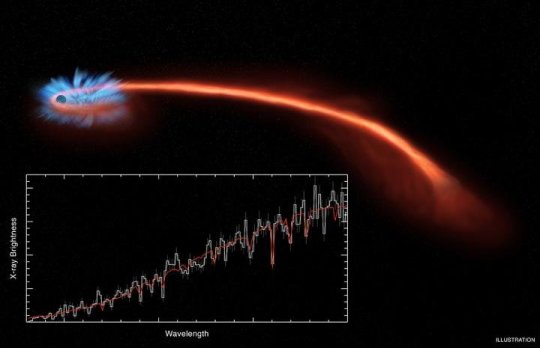

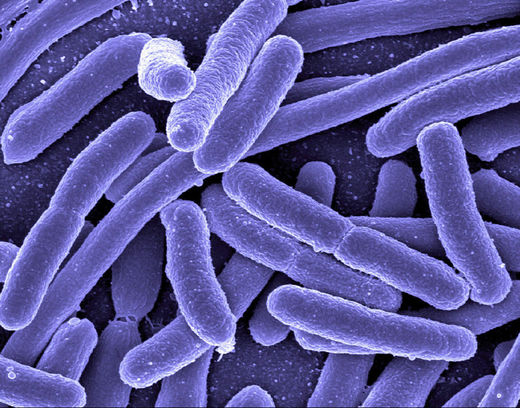
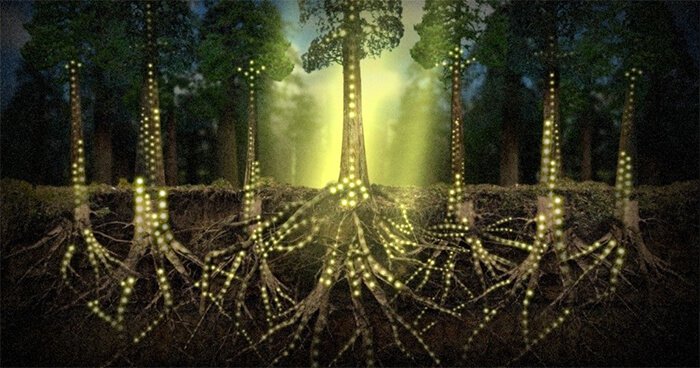
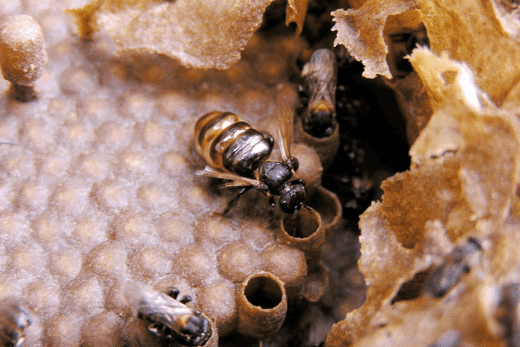


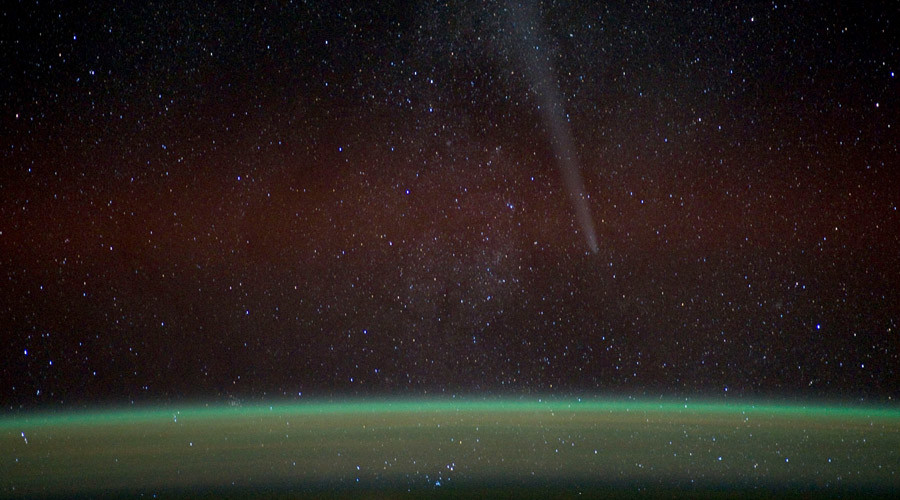
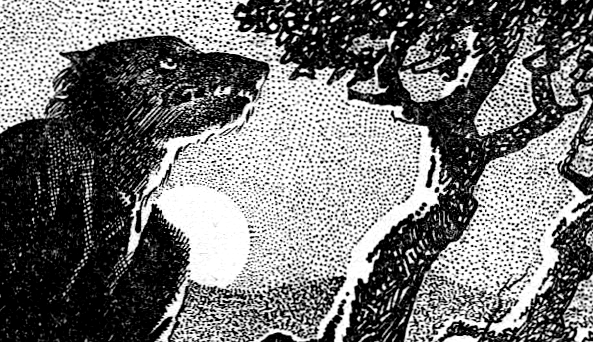
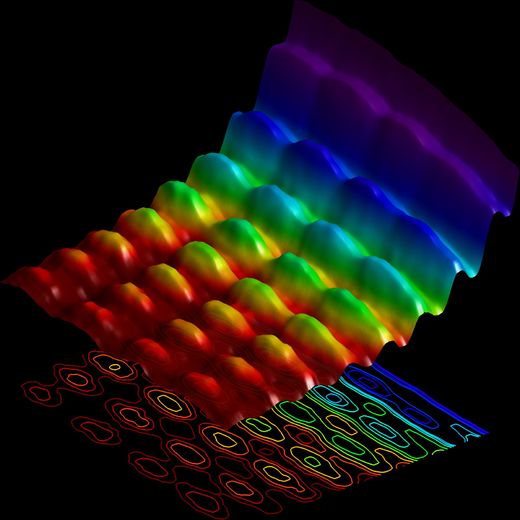



Comment: Some related articles:
Bacteria 'talk' to each other to thrive suggests Edinburgh study
New Antibiotics Would Silence Bugs, Not Kill Them
Fight Infection by Disturbing How Bacteria Communicate
Are Gut Bacteria In Charge?
New Research Suggests Bacteria Are Social Microorganisms